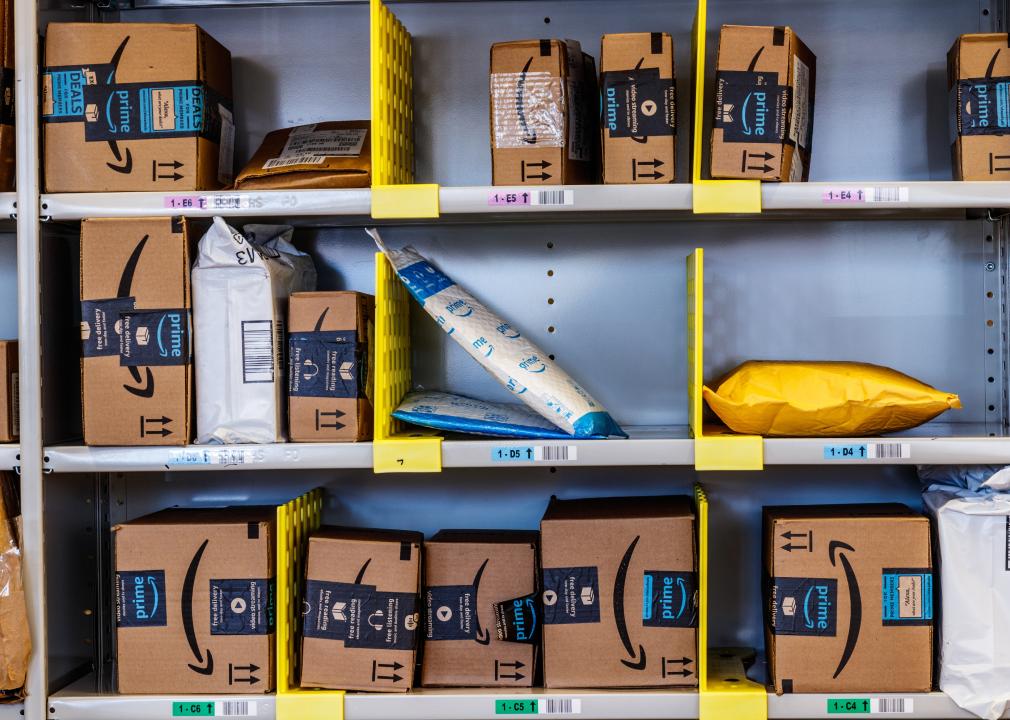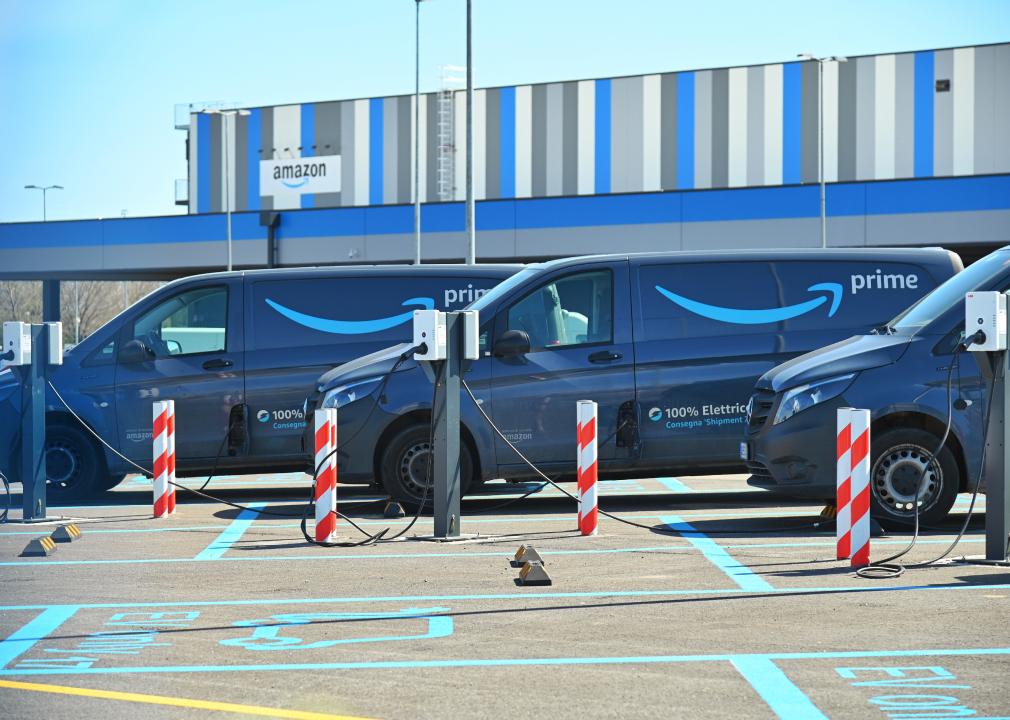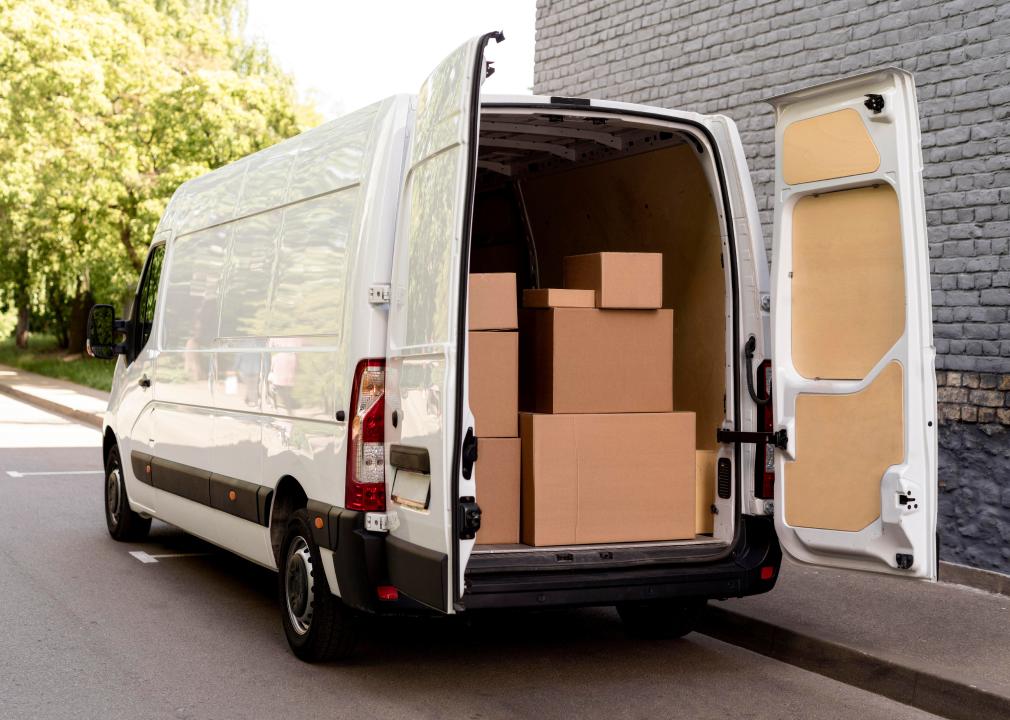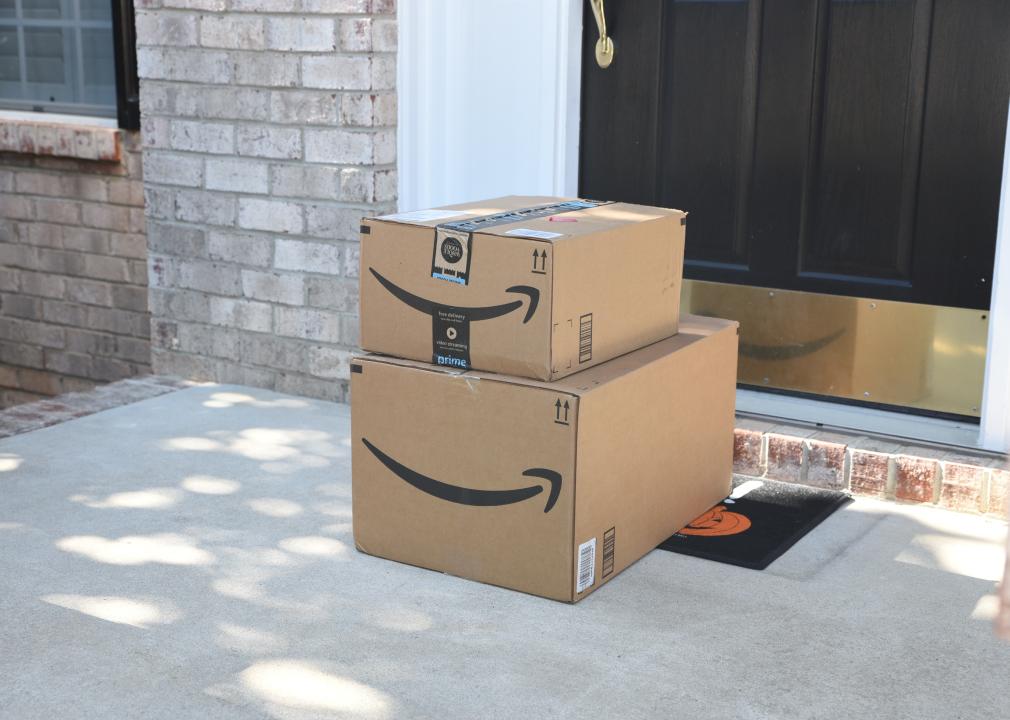How companies are making deliveries more sustainable
Jonathan Weiss // Shutterstock
How companies are making deliveries more sustainable
As the world passes the two-year mark of the COVID-19 pandemic, many people have figured out ways to get everyday necessities without leaving the comforts of home. When the country was first hit with surging cases of COVID-19, and lockdown orders kept an entire population indoors, getting food and other necessities delivered exploded in popularity as people avoided gathering in public. Then, almost overnight, it became the norm, with e-commerce sales jumping 32% in 2020 and a further 14.2% in 2021. Delivery workers were classified as essential workers as a result of this trend. Now, even as most of the world has opened up to vaguely resemble a pre-COVID society, online shopping and delivery habits have remained a steadfast convenience.
The problem, unfortunately, is that most things that come via delivery also come with a lot of packaging, which means a lot of waste headed straight for landfills—not to mention the carbon footprint it leaves behind. According to a report from Oceana, the online retail giant Amazon produced nearly 500 million pounds of plastic packaging alone in 2019. The report estimates that over 22 million pounds of that landed in rivers and oceans—imagine a van packed with plastics emptied at the shoreline every 70 minutes.
While this is but one example of the more troubling aspects of delivery services, there are myriad companies actively making strides toward more sustainable and environmentally responsible practices. Routific has outlined four major ways that leading companies are making delivery services more sustainable. The research comes from news and management consulting reports, and reveals the many eco-friendly alternatives that delivery services are utilizing to combat wastefulness.
Read on to find out how companies are working to keep deliveries as sustainable as they are convenient.
![]()
Antonello Marangi // Shutterstock
Eco-friendly delivery vehicles
While it doesn’t reduce packaging waste, the use of eco-friendly delivery vehicles is a positive and impactful way a delivery service can make their business more environmentally conscious. Electric vehicles typically have a much smaller carbon footprint than vehicles that use gasoline for fuel. With so many online shopping deliveries made daily via vans and trucks, using electric vehicles would significantly reduce the amount of toxic emissions produced.
The U.S. Postal Service recently announced that more than 10,000 units of their order of 50,000 next-generation vehicles will be battery-operated. Amazon, a company that has pledged to make at least half of its deliveries carbon-neutral by 2030, is in the process of purchasing thousands of battery-operated vans to make this possible. (The company also invested $1.3 billion in EV automaker Rivian.) FedEx, with a goal of being carbon-neutral by 2040, is also taking its fleet electric and UPS has committed to purchasing 10,000 electric delivery vehicles.
anushkaniroshan // Shutterstock
Optimized delivery routes
Increased e-commerce means increased delivery vehicles on the roads. Without proper efficiency and routing, gasoline-fueled vehicles can end up producing more carbon emissions by spending more time than necessary to make deliveries. Aside from saving time, having a more optimized route also saves money at the pump and wear and tear over the long-term life of vehicles.
There are many routing tools driven by AI and complex algorithms that can improve a vehicle’s route planning. A typical gas-powered compact van emits about 350 grams of both greenhouse gas and tailpipe carbon dioxide per mile. Those numbers may not sound like a lot, but that adds up to about 5 metric tons per year each per mile. Cutting down routes by even a few miles per delivery can make a big difference over time.
Sharkshock // Shutterstock
Bundling deliveries
Packaging produces a lot of waste, accounting for about 30% of the solid waste that the U.S. generates per year. And ordering multiple things from multiple websites can lead to an increase in wasteful packaging as well as more carbon emissions from multiple deliveries. When delivery services bundle together packages from multiple retailers into one convenient package delivered only once, it means less waste and less mileage for delivery drivers.
UPS began bundling packages in 2014, which has both cut costs and sliced about 7 to 8 miles off of a typical route. Amazon has established Amazon Day, where users can choose one day for all of their past week’s orders to be delivered at once—which, again, means less packaging and fewer vehicles on the road.
OlegKovalevichh // Shutterstock
Earth-friendly packaging
Adopting a fleet of alternative-fuel delivery vehicles is a positive and impactful way a delivery service can make their business more environmentally conscious. Electric vehicles typically have a much smaller carbon footprint than vehicles that use gasoline for fuel. With so many online shopping deliveries made daily via vans and trucks, using electric vehicles would significantly reduce the amount of toxic emissions as well carbon emissions, which contribute to climate change.
Public and consumer awareness of the need for sustainability has led many companies to begin using more earth-friendly or recyclable materials. A majority of the world’s top 100 consumer goods companies have committed to focusing on sustainability—which includes an emphasis on recyclability—and government regulations on managing packaging waste are either in place or being considered around the world. There are also companies, like Loop, that are focused on encouraging reuse by creating refillable versions of popular brands’ products so that there’s less need for single-use packaging.
This story originally appeared on Routific
and was produced and distributed in partnership with Stacker Studio.





